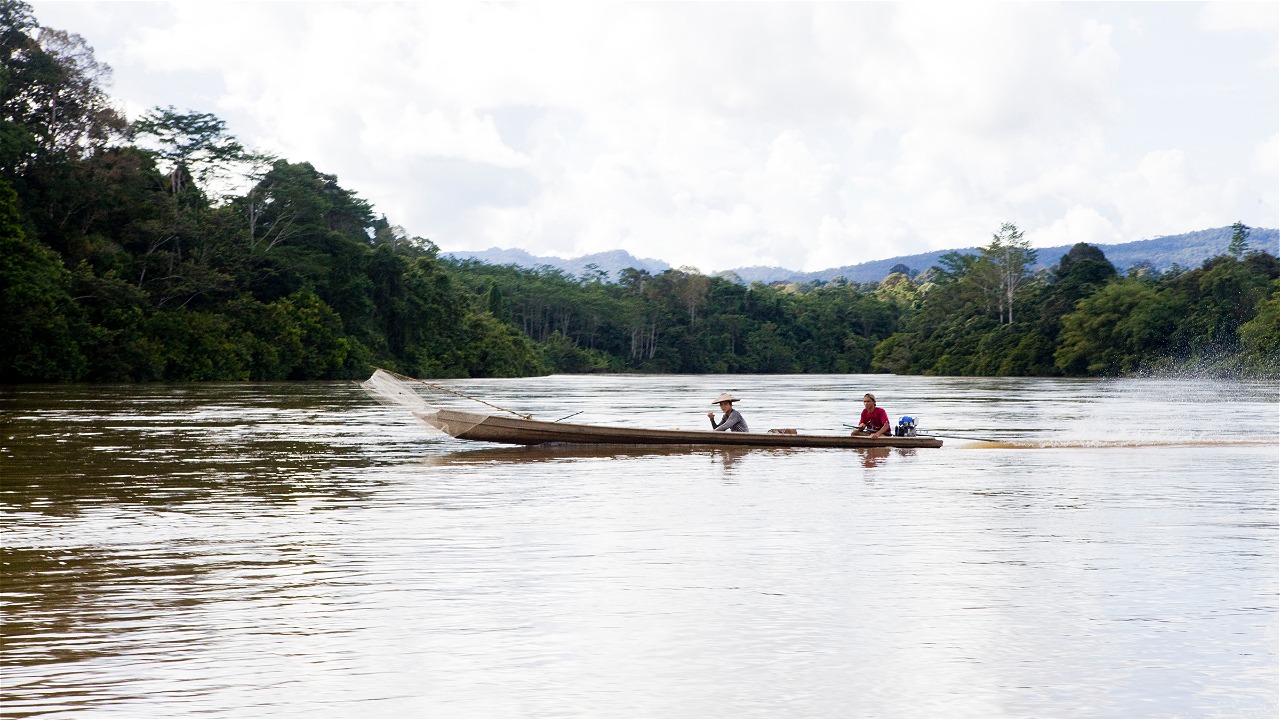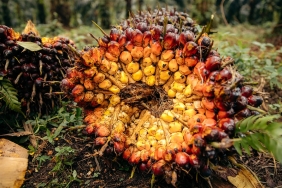CHOOSING LOCAL FOOD, PRESERVING CULTURAL HERITAGE AND NATURE CONSERVATION
By: Cristina Eghenter and Ciptanti Putri
Food is a basic need and a human right. Anthropologists and historians see the act of consuming food - the type of choice, how it is processed and how it is eaten - as having deep cultural significance. Food reflects the history, rich traditions and identity of an ethnic group. Food is an important factor in marking every celebration in the human life cycle, which is influenced by social status.
Indonesia has a very rich variety of local foods. These foods are processed from foodstuffs that come from Indonesia's nature. Many of these commodities are traditionally cultivated in ways that consider sustainable cycles and use non-chemical fertilizers. This results in products that are not only superior in quality, but also healthy and environmentally friendly because they are organic.
In line with the awareness to adopt a healthy lifestyle and green lifestyle, consumers also need to know the treasures of local food ingredients because of their cultural value, economic value, solidarity value, and conservation value. Food is no longer an anonymous product; it reflects economic, environmental and socio-cultural relationships.
Adan Krayan Rice
One of the local foodstuffs that is a rich heritage of Indonesian culture is Adan Krayan Rice. This rice is one of the superior varieties that is still cultivated in Krayan and other highland areas in the Heart of Borneo (Heart of Borneo). There are three types of Adan Rice varieties: white, red and black rice. The grains are small and fine-textured, and are known to have a good flavor (fluffy). White Adan rice is known to have a high carbohydrate content, while the black rice is high in minerals.
Farmers in both Sarawak and Krayan regions cultivate Adan Rice in a traditional and organic way. Each family cultivates between one and five hectares of rice fields in a labor-intensive process. They build natural ditches or prepare bamboo pipes to allow water from the mountains to flow into the rice fields. Buffaloes are not used to plow the fields, but are released after the harvest season. The buffaloes will trample the soil, eat the weeds, and leave the dung as natural fertilizer so that the rice fields are ready to be cultivated again in the next planting season.
The seeding process usually starts in July and planting takes place afterward. After five months, the rice fields will start to turn yellow. The harvest season begins, from late December to February. This rice harvest only takes place once a year.
The Indonesian government has granted a Geographical Indication (GI) certificate to Adan Rice from Krayan in recognition of the unique characteristics of this local rice. This allows only rice products from Krayan to be promoted and marketed under the name Beras Adan Krayan. The Slow Food Foundation has even listed the black variety of Beras Adan in the "Ark of Taste", a worldwide list of locally cultivated food resources that need to be preserved.
Mountain Salt (Tucu')
Who would have thought that the highland area in Kalimantan has many saline springs? The salinity level of the water in these springs is quite high. The water flows from the ground and is believed to have been contained for millions of years when the highlands there were still submerged by sea water. With simple and traditional applied technology, the local community then processed the water into mountain salt to fulfill their daily needs and to be traded. They call this processed salt tucu'.
It takes about two to three weeks to produce as the working location is often far from the village. However, there is now a new innovation of using metal barrels for cooking so that the water capacity can be larger. The salt extraction process also takes place in a relatively shorter time.
Packaging of mountain salt is done traditionally, by heating the salt extract and pouring it onto bamboo slats over a fire, then wrapping it in leaves. Usually this salt is stored in a pile of firewood on the hearth in the kitchen. That way the blocks of salt will continue to be hard and dry, and can be used for many years.
The process of mountain salt production is an important part of the historical and cultural heritage of Kalimantan's highland communities. Mountain salt is a valuable and commonly traded commodity there. Apart from often being bought as souvenirs, people from surrounding areas often seek out mountain salt for its medicinal properties.
The Slow Food Foundation has also inscribed Krayan mountain salt on the "Ark of Taste" list. This is a global recognition of a product that is not only unique in character and local flavor, but also rare and special.
Find Adan Krayan Rice, mountain salt, and other local Indonesian commodities at the "Festival Panen Raya Nusantara" which will be held on June 6-7, 2015 at Lapangan Banteng, Jakarta. We need to support and protect these local products. Find more examples of eco-friendly behavior in WWF's ""Green Lifestyle"" sticker series. Upload them immediately at Blackberry Messenger Shop.





